By Kate Cooch
In the late 1970s, it became clear to the international community that Iraq, under the despotic leadership of Saddam Hussein, was attempting to acquire nuclear weapons through the guise of buying nuclear reactors for power generators. At the time, Iraq had well-known expansionist ambitions and unyielding animosity toward what it called dismissively “the Zionist entity,” Israel. Hussein, a congenital thug born literally on the wrong side of the tracks, had ascended to the presidency of Iraq after two decades spent as a brutish street fighter and assassin for the militant Ba’th Party, which had seized political power in 1968.
Once in charge, Hussein stepped up his efforts to make Iraq a nuclear power to counteract Israel’s supposed nuclear capacity. Trading on the diplomatic and financial contacts he had made with France earlier in the decade, Hussein completed a deal in 1975 in which the European nation agreed to sell Iraq the equipment necessary to construct a nuclear reactor at al-Tuwaitha, a research site located on banks of the Tigris River, a mere 12 miles from the center of Baghdad. The French also agreed to supply Iraq with 72 kilograms of enriched, weapons-grade uranium, which could easily be converted for use in an atomic bomb. Such a bomb, which experts calculated could be completed by the early 1980s, could easily kill at least 100,000 people if dropped on Tel Aviv, the capital of Israel.
The world reacted with alarm to news of the sale. The United States and Great Britain expressed measured diplomatic concern, and the United Nation’s International Atomic Energy Agency increased monitoring efforts of Iraq’s nascent nuclear program. But the West was reluctant to alienate the Arab world in the immediate wake of the 1973-74 oil embargo. It fell to Israel, the nation most immediately threatened by Hussein’s obvious thirst for atomic weapons, to devise a suitable response to Iraq. The first move came in April 1979, when agents of Israel’s incomparable Mossad intelligence agency intercepted a shipment of nuclear cores from France to Iraq at La Seyne-sur-Mer. Working swiftly, a team of agents blew up the warehouse where the shipment was stored, severely damaging the cores. Iraqi officials, fearing Hussein’s reaction to the news, agreed to accept the damaged goods anyway.
Over the next 15 months, a number of key nuclear scientists from Iraq and other Arab countries were assassinated by Israeli agents while the scientist were visiting western Europe. The spate of suspicious deaths, including throat cuttings, hit-and-run automobile accidents, sudden flu-like illnesses, and virulent “food poisoning,” greatly slowed the pace of research on Iraq’s nuclear program, but Hussein continued pressing forward. “How could a people who only know how to ride camels produce an atomic bomb?” he scoffed when asked about his plans. Meanwhile, he threatened to suspend payments—and much-needed oil shipments—to France unless the French fulfilled their original contract calling for delivery of 72 pounds of 93% enriched uranium. The French agreed to honor their terms.
The next blow to Iraq’s nuclear efforts came nine days after the start of the Iran-Iraq War, on Sept 30, 1980, when Iran sent two Phantom F-4-E jets to attack several Iraqi targets, among them the uncompleted nuclear reactors at al-Tuwaitha. The Phantoms fired two rockets. One did not explode, and the other hit the housing of one of the reactors, damaging the dome and cooling system, but causing no significant destruction. Hundreds of French and Italian technicians and engineers working at the facility were evacuated, however, and work at al-Tuwaitha ground to a standstill.

Over the course of the following year, Israeli Prime Minister Menachem Begin considered various options, including attacking Iraq’s reactors. Such a move entailed major concerns, including probable adverse world reaction, the distance from Israel to Iraq (over 1,100 miles to the target and back), and concern that even though Iraq was in a war with Iran, it might counterattack Israel as well. More important, Begin was concerned about the reaction of Egyptian President Anwar Sadat of Egypt, who had brokered a separate peace treaty with Begin at Camp David in 1979. While an attack would not violate Israel’s treaty with Egypt, which called for Israel to pull out of the Sinai in April 1982, Sadat’s reaction was still unpredictable.
Operation Babylon
Begin weighed the risks and decided that a nuclear-armed Iraq was too dangerous for Israel to endure and that a preemptive strike was worth any possible aftereffects. He felt that a relatively swift attack was the best option, particularly when Iraq was weakened by its ongoing ground war with Iran. And since the reactor was not yet in operation, an attack would not result in any kind of nuclear fallout over the city of Baghdad—a humanitarian and public-relations nightmare in the making. By the end of March 1981, Mossad reported that foreign workers were returning to al-Tuwaitha, and that construction had resumed on the Osirak nuclear reactor. Begin and his advisors finalized plans for a surgical air strike on the Iraqi facility in early May. It was codenamed Operation Babylon.
Following a series of delays, during which time Mossad learned that France had finally shipped all 72 kilos of enriched uranium to Iraq, the attack began near sunset on Sunday, June 7, 1981. It had been carefully planned for a Sunday, on the assumption that the 100 to 150 foreign experts employed at the reactor would be absent on the Christian day of rest. Additionally, a late-afternoon attack would give the Israeli Combat Search and Rescue Team (CSAR), riding in CH-53 helicopters, all night to search for any downed pilots. At 3 pm, the CH-53s took position, hovering at 100 feet just west of the Jordanian border. The crews were not told what the mission was—just that if a plane went down they had permission to violate any sovereign airspace to pick up the pilots. At 4 o’clock, eight of Israel’s American-built F-16 fighter jets took off from Etzion airbase in the Sinai desert, carrying extra 370-gallon fuel tanks to increase their range.
Due to weight considerations, the F-16s were stripped of two of their four air-to-air Sidewinder missiles and jamming devices for protection against Iraqi MiGs and SAM-6 radars. Despite attempts to get their weight as low as possible, they still took off at a weight that exceeded nearly twice the planes’ design specifications. They were equipped with special racks that carried two 2,000-pound MK-84 “dumb” bombs, called dumb because they used gravity only in targeting. The idea was to make the bombing process as simple as possible. The bombers were escorted by eight F-15 fighter interceptors for protection against Arab aircraft, to provide jamming of Iraqi radar over al-Tuwaitha, and to act as communications relay stations to a Boeing 707 command post that would be orbiting over Israel.
The fighters had to fly over or circumvent seven separate Arab airfields along their route of attack. This meant danger of aerial interception from Jordanian F-5-Es and Iraqi Mirage-4000s, MIG-23, and MIG-25s. At al-Tuwaitha itself, the fighters would face antiaircraft artillery (AAA) batteries and SAM-6s. The route of the attack from takeoff in the Sinai was east across the Gulf of Acaba, then across the northern part of Saudi Arabia near the border of Jordan, where Israel believed it had discovered some radar blind spots. Additionally, the Israelis had intelligence that the Saudis would only have one of their American-supplied Airborne Warning and Control System (AWACS) intelligence aircraft in the air at the time of the attack and that it would be overlooking the Persian Gulf. Radio communication, only to be made at five checkpoints, would be single words in English, the international language of aviation, so that if overheard the communication might be mistaken for a commercial flight.

The eight pilots, all chosen for their previous intensive training in F-16s, were divided into two teams. Team one included Lt. Col. Zeev Raz, the wing commander, Amos Yadlin, Doobi Yaffi, and Hagai Katz. Team two, led by Lt. Col. Amir Nachumi, included Iftach Spector, Relik Shafir, and Ilan Ramon.
The formation flew low, about 100 feet, and fast, about 360 knots, again to avoid detection. Once the formation was across Saudi Arabia, it turned toward Baghdad. The first bombers reached their target 12 miles past Baghdad. Once on the scene, the attack took place in a matter of minutes. The F-16s swept across the sky in pairs of two, reaching 5,000 feet in four seconds and then diving at the target, sending their bombs toward the sides of the reactor, as they had practiced for months in the Sinai. The first bombs hit the side of the reactor, opening holes for the second set of bombs, which found and destroyed the reactor inside. In all, 14 out of 16 bombs hit the reactor precisely. A French worker who witnessed the Israeli attack called the accuracy of the Israeli bombing “stupefying.” Eight workers, including one French technician, were killed in the bombing.
“An Act of Inexcusable and Short-Sighted Aggression.”
Within two minutes the attack, timed for sunset, was complete and the larger Tammuz I (or Osirak) reactor was destroyed. The smaller Tammuz II reactor’s sensitive equipment and foundation were ruined. Iraqi antiaircraft unit personnel were eating when the attack occurred, which was another reason for the timing of the bombing, and had turned off their radars. As a result, there was a fatal delay in their reaction time, and no SAM-6s were fired at the Israeli planes. A number of Iraqi soldiers on the ground, however, were killed by errant antiaircraft fire. As predicted, the Saudi AWACS aircraft was facing the Persian Gulf and did not detect the Israeli aircraft. The attack squadron landed safely back at Etzion at 7 pm, having faced no enemy aircraft on the return flight. (In a cruel twist of fate, pilot Ilan Ramon, Israel’s first astronaut, would die in the Columbia space shuttle accident in February 2003.)
The world universally condemned Israel’s action, including the United States. The Reagan administration, normally sympathetic to Israel, chose to condemn the attack through a speech by American UN ambassador Jeanne Kirkpatrick, who called the raid “shocking” and compared it to the recent Soviet incursion into Afghanistan. France declared the Israeli actions “unacceptable,” and made a brief national hero out of an unfortunate French nuclear technician, Damen Chaussepied, who was killed while working in a lab next to the reactor at the time of the raid. Great Britain denounced it as “a grave breach of international law.” A New York Times editorial thundered: “Israel’s sneak attack on a French-built nuclear reactor near Baghdad was an act of inexcusable and short-sighted aggression.” A United Nations Security Council resolution condemning Israel’s raid passed unanimously. But despite loud denunciations inside the Arab world, Israel was never attacked in reprisal, and no UN sanctions were ever put in place against it (the result of a threatened American veto). As for the president, Ronald Reagan shrugged off the dramatic event with a characteristic shrug. “Boys will be boys,” he said.
Saddam Hussein, playing the victim to the hilt, called on “all peace-loving nations of the world to help the Arabs in one way or another acquire atomic weapons” in order to offset Israel’s obviously aggressive tendencies. At the same time, he sought to deflect blame for the attack away from his army’s own less-than-stellar defensive performance at al-Tuwaitha by accusing the French of being complicit with Israel in the attack. A few months later he showed up at the bomb site, wearing battle fatigues and carrying a pistol on his hip. “If you are scared now,” he told Iraqi scientists, “how do you think you would do in a real shooting war?” He harangued his captive audience, but significantly did not punish anyone for the bombing fiasco, perhaps because he had personally vetoed plans to build the reactor underground. Instead, he gave the scientists 26 new, French-built automobiles as a parting gift.
The Israelis stood firm against the adverse public opinion. “Israel has nothing to apologize for,” Begin told a news conference a few days after the raid. Noting that Sadaam Hussein had frequently butchered his closest colleagues, to say nothing of his opponents, Begin warned that Iraq would have had “no hesitation in dropping three or four or five of those bombs on Israel.” Three weeks later, Begin’s hard-line Likud Party was given a thumping endorsement at the polls, and a few months later the United States quietly resumed the sale of F-16s to Israel. When American forces invaded Iraq in 1991 and 2003, they did not have to confront the fear of an Iraqi nuclear response. The audacious Israeli raid on al-Tuwaitha had seen to that.

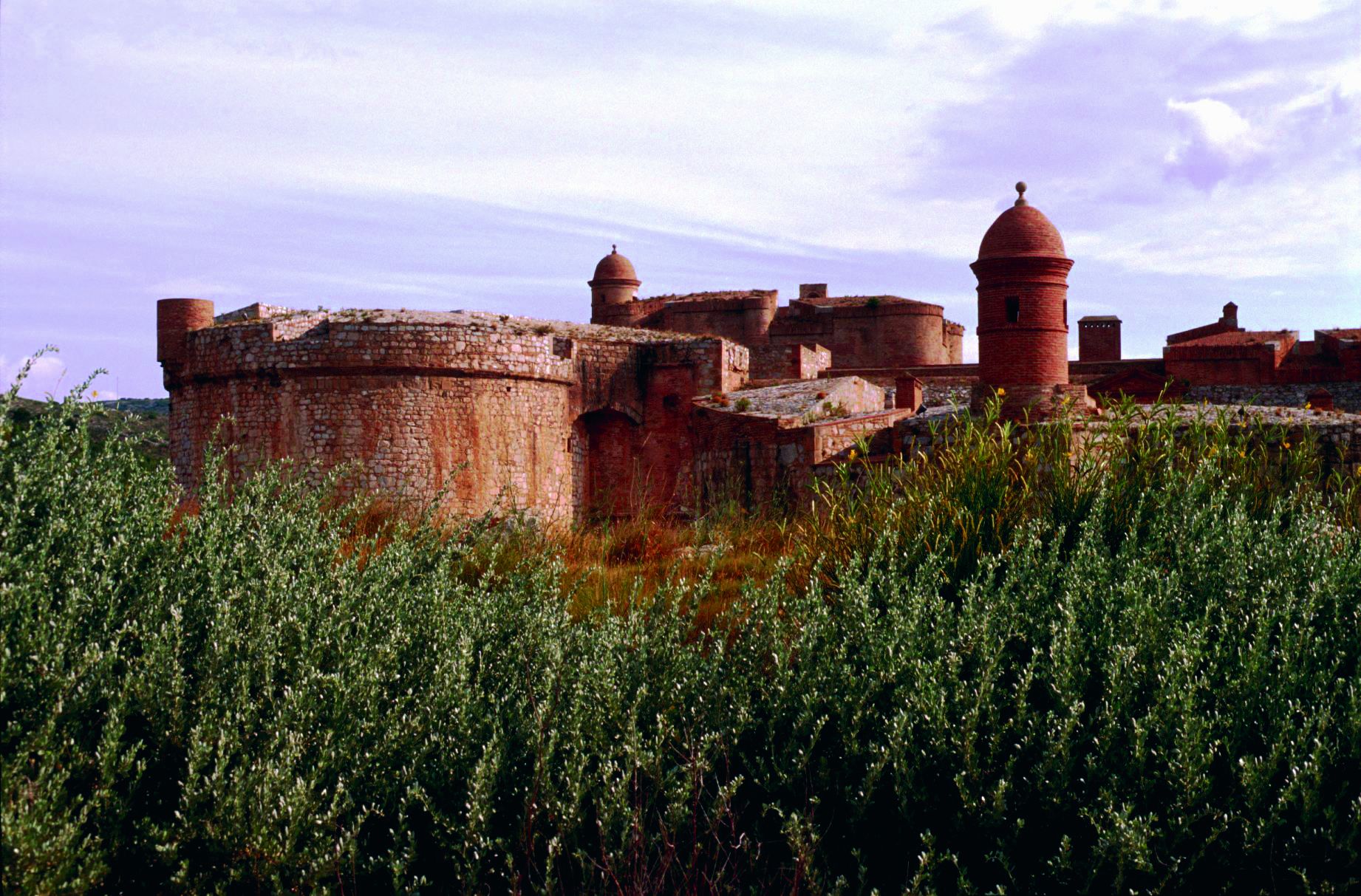
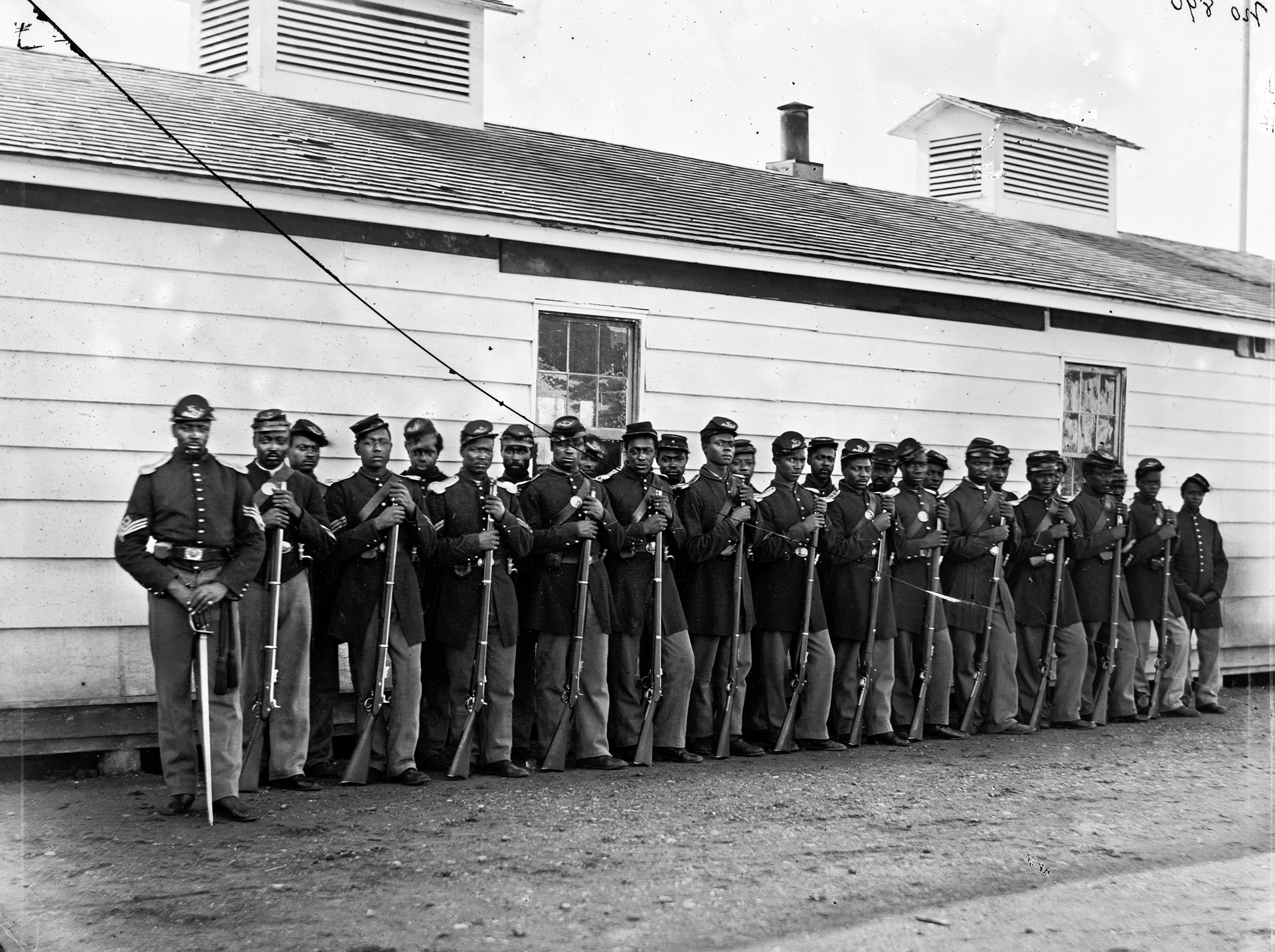
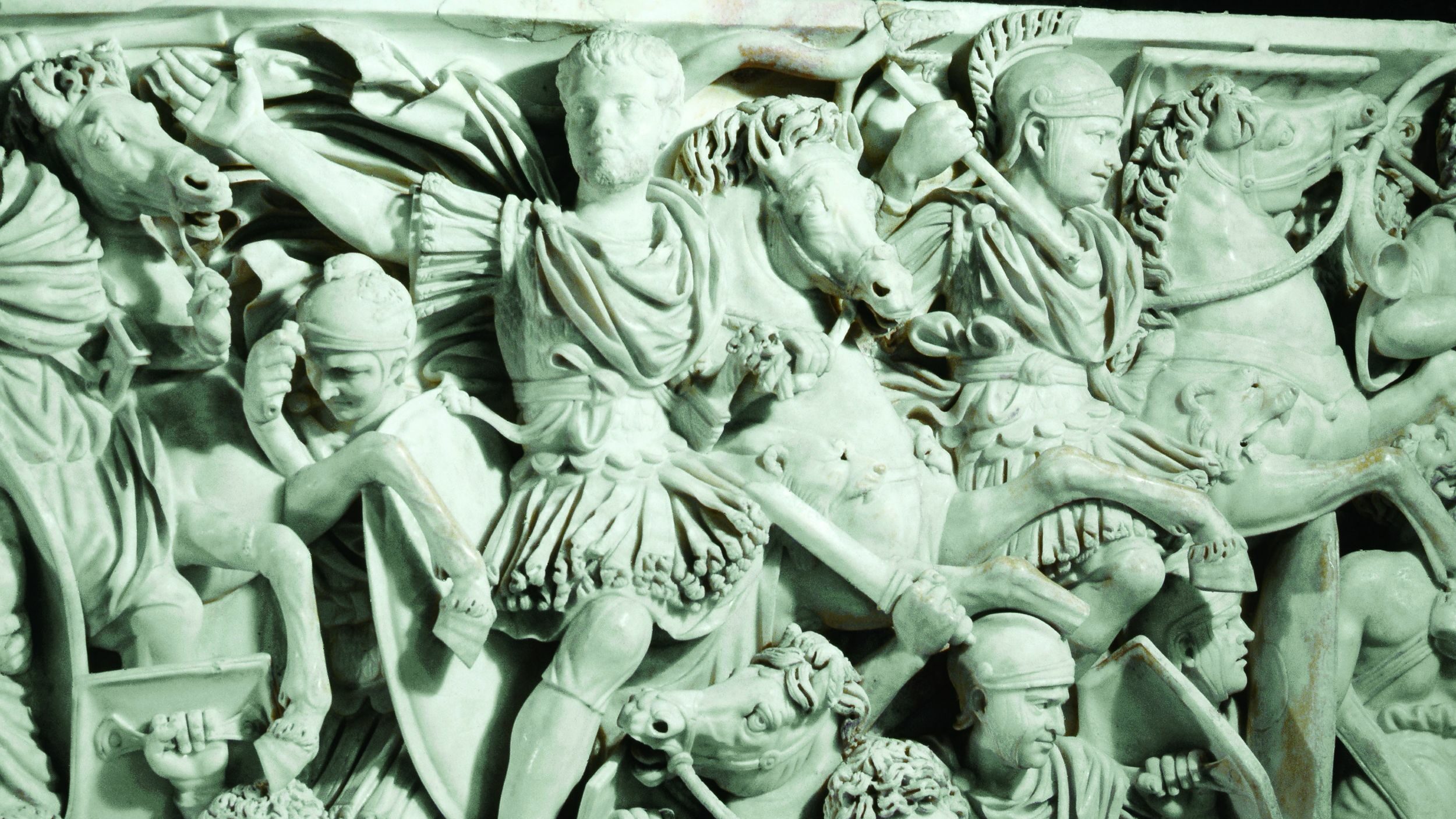
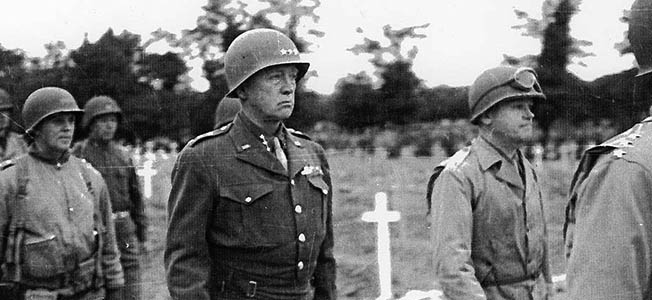
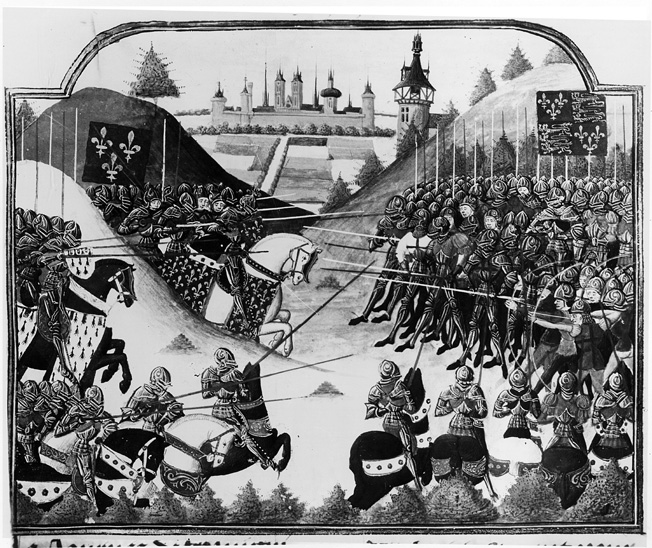

Join The Conversation
Comments
View All Comments